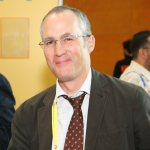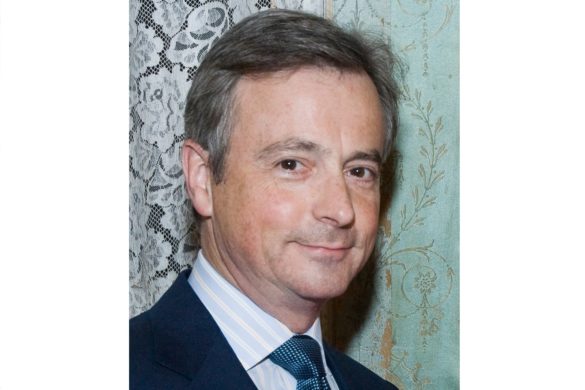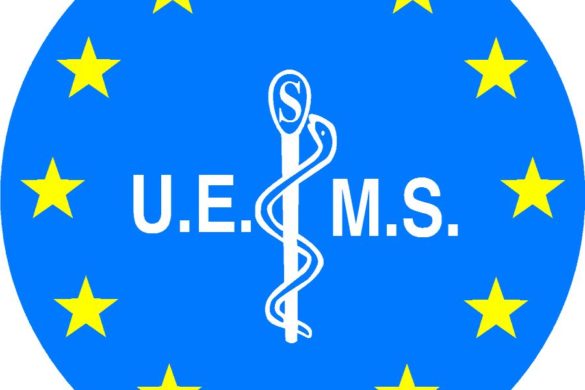Abstract:
Background: Long QT syndrome (LQTS) typically presents with syncope, seizures, or sudden death. Patients with LQTS have been misdiagnosed with a seizure disorder or epilepsy and treated with antiepileptic drug (AED) medication. The gene, KCNH2, responsible for type 2 LQTS (LQT2), was cloned originally from the hippocampus and encodes a potassium channel active in hippocampal astrocytes. We sought to test the hypothesis that a “seizure phenotype” was ascribed more commonly to patients with LQT2.
Methods: Charts were reviewed for 343 consecutive, unrelated patients (232 females, average age at diagnosis 27±18 years, QTc 471±57 msec) clinically evaluated and genetically tested for LQTS from 1998 to 2006 at two large LQTS referral centers. A positive seizure phenotype was defined as the presence of either a personal or family history of seizures or history of AED therapy.
Results: A seizure phenotype was recorded in 98/343 (29%) probands. A seizure phenotype was more common in LQT2 (36/77, 47%) than LQT1 (16/72, 22%, p<0.002) and LQT3 (7/28, 25%, p<0.05, NS). LQT1 and LQT3 combined cohorts did not differ significantly from expected, background rates of a seizure phenotype. A personal history of seizures was more common in LQT2 (30/77, 39%) than all other subtypes of LQTS (11/106, 10%, p<0.001).
Conclusions: A diagnostic consideration of epilepsy and treatment with antiepileptic drug medications was more common in patients with LQT2. Like noncardiac organ phenotypes observed in other LQTS-susceptibility genes such as KCNQ1/deafness and SCN5A/gastrointestinal symptoms, this novel LQT2-epilepsy association raises the possibility that LQT2-causing perturbations in the KCNH2-encoded potassium channel may confer susceptibility for recurrent seizure activity.
Johnson JN, Hofman N, Hagludn CM, Cascino GD, Wilde AAM, Acerman MJ. Neurology 2009;72: 224–231
 Comment by Antonio Gil-Nagel
Comment by Antonio Gil-Nagel
The differential diagnosis between epileptic seizures and syncope is far from ideal. It is not only about the difficulty in obtaining reliable information from untrained witnesses and having the skills to retrieve it, but also from the fact that atypical presentations and the coexistence of both problems are not uncommon. The risk of confusing malignant syncope (associated with a higher risk of sudden death) and seizures, makes this problem more relevant, and underlines the need for better tools in the differential diagnosis and early identification of patients at risk of sudden death, both by neurologists and cardiologists.
Johnson et al, from the Mayo Clinic Windland Smith Rice Sudden Death Genomics Laboratory, shed some light on this problem. Potassium channels, expressed all over myocardium, smooth muscle and the nervous system, are responsible for adequate repolarization and restoring resting potentials in membranes of myocites as well as neurons. Channelopathies affecting potassium channel subunits have been involved in the pathogenesis of both cardiac arrhythmias, including long QT syndrome (LQTS), and epileptic seizures. Although different subtypes of potassium channels are expressed in different cell populations, some populations share the same subtypes. Among them, the gene KCNH2, responsible for type 2 long QT syndrome (LQT2), was cloned originally from the hippocampus and encodes a potassium channel active in hippocampal astrocytes as well as myocardial tissue. Therefore, mutations in this gene could be responsible for seizures as well as torsades de pointes, the cardiac arrhythmia commonly associated with LQTS, while on the contrary, mutations in other potassium channel genes should not be associated with an epilepsy phenotype. To test this hypothesis the authors analyzed clinical histories of 343 unrelated consecutive patients with LQTS searching for evidence of epilepsy in them or in first degree relatives. Their results support this hypothesis: A positive seizure phenotype was recorded in nearly half (36/77) of the patients with LQT2 compared to only 16/72 (22%) with LQT1, 7/28 (25%) with LQT3, and 15/70 (21%) with LQTS not associated with mutations in potassium channel genes. Nearly one in every five patients with LQT2 had been treated with antiepileptic drugs, compared to only one out of 20 patients with LQT1 and none of the 28 patients with LQT3.
So far seizures in patients with LQTS have been viewed as the effect of recurrent cerebral hypoperfusion, caused by the torsades de pointes. However, this new observation shows that a direct relationship with the mutation is a plausible alternative explanation. KCNH2-encoded potassium channels are involved in potassium homeostasis in hippocampal glia, and subsequently in maintaining a normal potassium homeosthasis in the extraneural space. Potassium homeosthasis is fundamental in the prevention of epileptiform activity in the hippocampus, therefore a direct relationship among the mutated gene and the occurrence of seizures and epilepsy is a likely explanation for the coexistence of seizures and torsades de pointes in LQT2. The relevance of this study goes further than explaining an interesting association. Since several antiepileptic drugs, such as carbamazepine, phenobarbital and phenytoin are associated with drug induced torsades de pointes, special attention might be necessary in identifying patients with KCNH2 mutations, because they might be at higher risk of developing cardiac dysrhythmias. It is not clear at this point how this patients could be identified, in the absence of clinically validated genetic testing. However, insisting in the importance of an ECG in the evaluation of patients with seizures might have an important effect in the identification of patients at risk. Likewise, obtaining an EEG in patients with non-structural arrhythmia and LQTS should also be encouraged. These should be accompanied by careful analysis of past or family history for syncope in patients with seizures, and past or family history of seizures in patients with syncope. Not only neurologists should look at the heart in patients with neurological diseases, but also cardiologists should look at the brain in patients with certain cardiopathies.
Antonio Gil-Nagel is chair of the EFNS Scientist Panel on Epilepsy and working at the Department of Neurology and the Epilepsy Program of the Hospital Ruber Internacional in Madrid, Spain.







